Online Magazine
& Cooking Club

In This Issue
Feature Articles
Making heads & tails of
the squash kingdom
6 Tricks to Take the Bland
out of Summer Squash
Zucchini Overload:
how to turn over-
into advantage
5 Fast Ways to Cook Squash +
5 Simple Ways to Dress It Up
In Every Issue
Why We Love It
Top 10 Questions about Squash
The Green Kitchen
Picky Eater Tips
Money Saving Tricks
News from the Farm


Cooking School
Cooking Classes:
Greek Potato Salad
Zucchini Salad Americana
Buying the Best
Storing for Flavor
Prepping Tricks & Tips
Cooking Basics
Recipes, Recipes, Recipes
14 Easy, Creative Dishes Using Summer Squash

















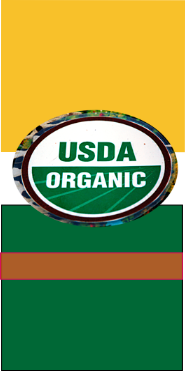


© 2009 Culinary Concepts, Inc., Boulder CO





At the Store Buying the Best

What To Look For: Signs of Freshness
Buying zucchini is like buying any vegetable: You’re looking for signs of freshness vs. signs of age and deterioration. The indicators are the same as other vegetables: color, turgidity and overall condition, plus two more: skin and stem end conditions.
|
|
What’s Fresh |
What’s Not Fresh |
|
Color |
Vibrant, almost artificially shiny |
Dull and lackluster |
|
Turgidity |
Firm and plump feeling |
Limp and rubbery or parts that are shriveled |
|
Condition |
Blemish- |
Nicks, scrapes, dings, black marks |
|
Skin |
Thin, pliable and soft |
Hard skins that are becoming shell- |
|
Stem end |
Open and porous- |
Withered and dry |
What Kind to Buy: A Low-
Confusion is warranted when it comes to squash. All sorts of things are called “squash” at the store. Check out “Making Heads & Tails of the Squash Kingdom” to make sense of this vast vegetable kingdom. In a nutshell:
1. Summer vs. Winter Squash Know how to tell the difference between summer and winter squash and you’ve got most of what you need to buy with confidence.
2. Similar-

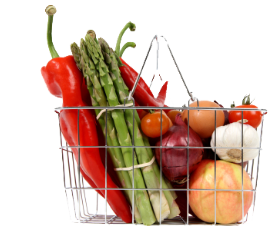


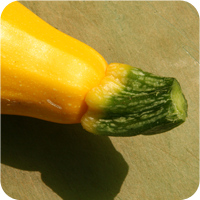
Ends that look freshly cut; there might even see small beads of moisture.
Skin so tender that it’s easily nicked by just a fingernail
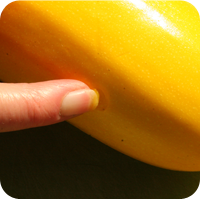
Ends that are brown, withered or moldy
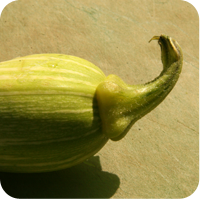
Skin that’s hard like a shell–a sign it wasn’t picked soon enough
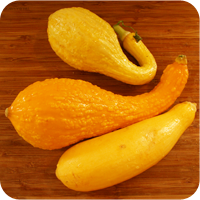
Battered and bruised skin–a sign not only of aging but poor handling
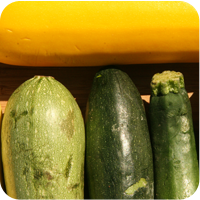
Because of zucchini’s dark skin, it can be hard to see pock marks, so examine closely before buying
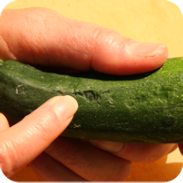
Squash so rubbery it bends
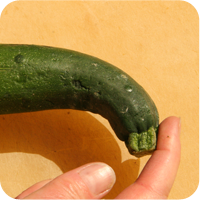
A complexion like a baby’s!
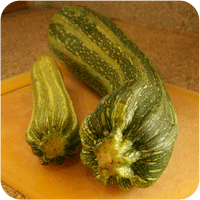
On the left: Aging squash become dull and lackluster.
On the right: The vibrant color of just-
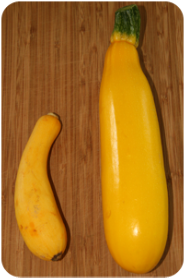

Sticky Squash?
Sometimes, squash will be covered with a sticky film. Is it OK to buy squash like that?
Find out from Farmer Stevens in News from the Farm
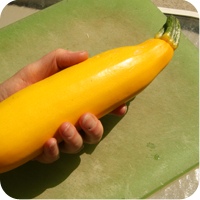
A firm, full feel–like it’s ripe with water, which it should be!

On The Blog



What about Organic?
While buying organic is generally recommended for a wide variety of reasons, organic is not always affordable. How important is it to prioritize your organic shopping dollars on summer squash?
Ranking: #17 (out of 47 fruits and vegetables, squah is the 17th worst in terms of its pesticide load)
Absolute Load: 53/100 (In comparison to other vegetables, squash’s pesticide load is right in the middle, at 53 on a scale of 0 (the best) to 100 (the worst) )
The Bottom Line: While not absolutely critical, buying organic summer squash is important.
Where to Buy: The Store Matters
Surprisingly, all the not-
1. Watch What You Grab Don’t assume that everything in the vegetable bin is of equally good quality. Just a few seconds is enough to make sure you’re not getting the discards laying on top.
2. The Best Are on the Bottom If a store is dumping older produce on the top of the stack, dig deeper for fresher-
3 . Some Stores Are Better Than Others If a store frequently offers less-
How important is it to buy the organic version of summer squash?
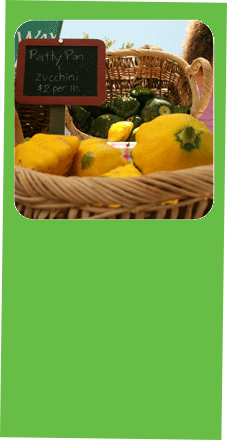
Local Farmer’s Markets: Best Bet for Fresh
If you’ve ever accused zucchini of being bland, you owe the poor vegetable a trip to the Farmer’s Market. Buy a squash picked that day, then cook it that night for dinner (find out “How to Saute Summer Squash.”) Just see if zucchini doesn’t taste sweet when picked fresh and sauteed to a golden brown.


What’s Fresh and What’s Not Fresh

Read more about the beauty and benefits of different vegetable varieties:

The Organic Meter
Very Important
Important
Beneficial
Lower Priority
Lowest Priority

Source “The Shopper's Guide to Pesticides” from the Environmental Working Group* http://www.foodnews.org/fulllist.php

Next Page

Prev Page